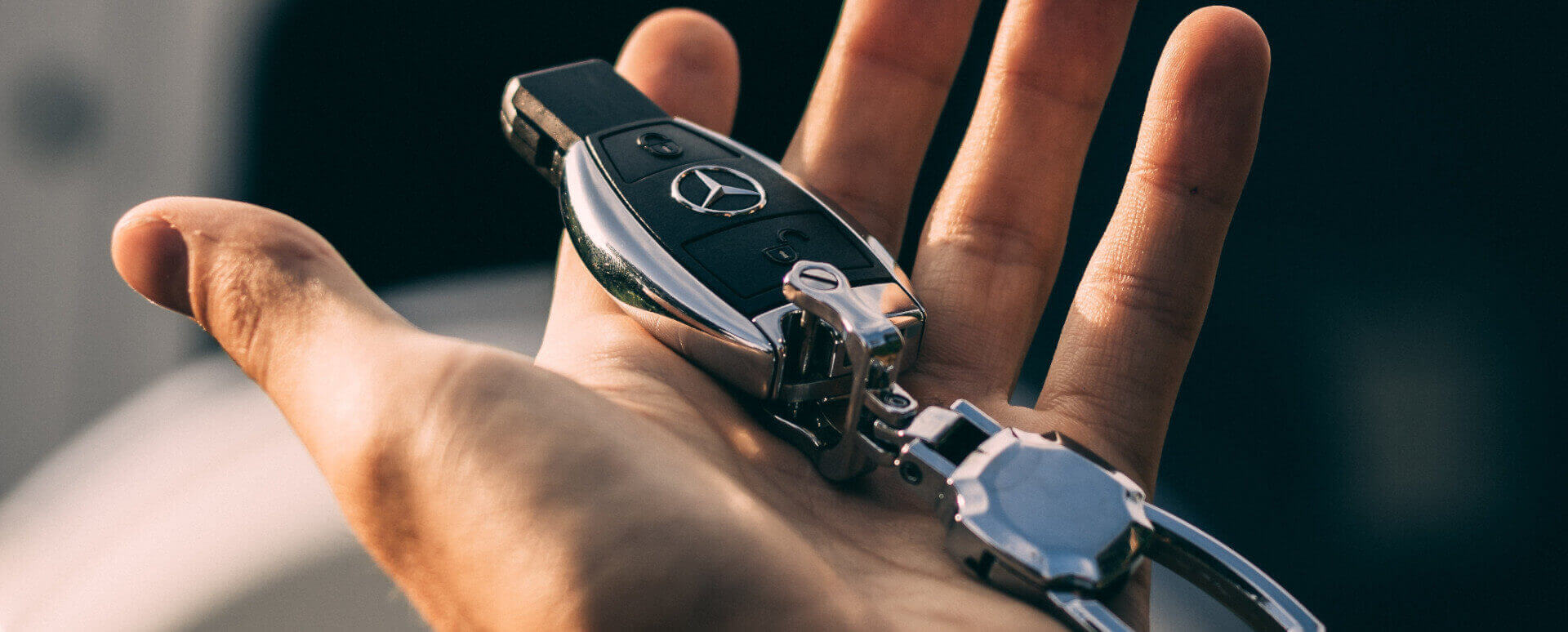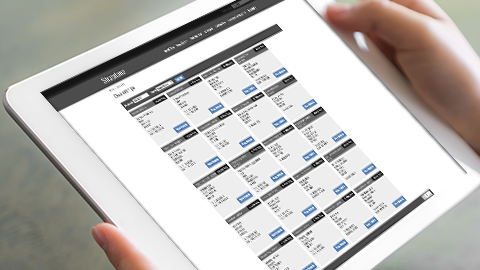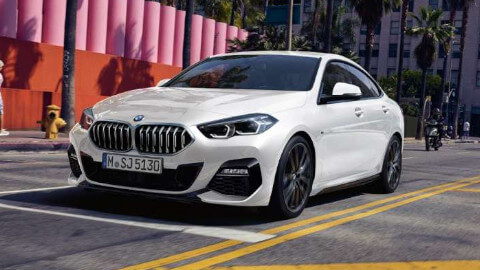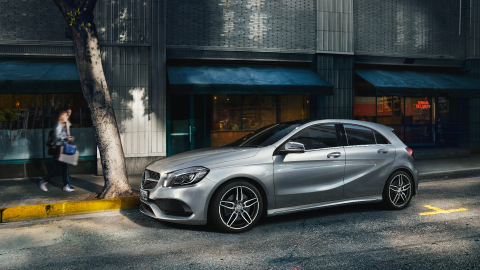Many drivers find themselves in situations where they need a different car before their finance agreement ends. This could be due to needing a larger or more economical vehicle, financial changes, or simply wanting to upgrade. Whatever the reason, knowing the options available is essential to making the right decision.
Finance contracts are tied to specific cars, borrowers, and financial terms, meaning a direct swap is not an option. However, there are ways to change a vehicle with outstanding finance, including settling the existing agreement, part-exchanging the car, or using voluntary termination. Each approach has different financial implications, so it is crucial to understand how they work before moving forward.
This guide explains the key aspects of swapping finance, part-exchanging a financed car, and transferring car finance to another person.
Contents
- Can you swap finance from one car to another?
- Can I change my car on PCP early?
- Can you transfer car finance to another person?
- Can I swap my car on finance?
- Frequently asked questions
Can you swap finance from one car to another?
Swapping finance from one car to another is not permitted under standard finance agreements as each agreement is specific to a particular vehicle, borrower, and financial terms, making a direct transfer impossible. Instead, the only way to transition from one car to another while under finance is to settle the current agreement first. Once this is done, a new finance agreement can be taken out on a different vehicle.
If a different car is needed due to changing circumstances, the first step is to request a settlement figure from the lender. This will outline the outstanding balance required to pay off the agreement in full. If there is positive equity in the car, meaning its value is higher than the settlement figure, the extra amount can be put towards a deposit on a new vehicle.
If the car is in negative equity, where its value is lower than the settlement figure, the remaining balance must be covered before obtaining another finance agreement. Some dealerships may offer options to assist with this, such as rolling over negative equity into a new finance plan, but this can increase the overall cost of financing the next car.
It is important to speak with the lender to explore available options. Some lenders may offer alternatives, such as refinancing, which can reduce monthly payments rather than requiring an immediate settlement. However, in most cases, settling the existing finance before taking out a new one remains the only viable solution.
As transferring car finance is not possible, there are alternative options available:
- Pay the settlement figure: Paying the settlement figure allows full ownership of the vehicle and the ability to sell it or trade it in. This amount decreases over time, and early repayment fees may apply.
- Opt for voluntary termination: PCP and HP agreements allow voluntary termination if 50 percent of the total amount payable has been covered. This includes fees, interest, and balloon payments on PCP agreements. Returning the car under this option clears the outstanding finance without further payments.
- Refinance the car: If monthly payments are unmanageable, refinancing can provide a solution. This involves taking out a new agreement with better terms, such as lower payments over a longer period. However, this increases the overall repayment amount.
Can I change my car on PCP early?
Personal Contract Purchase (PCP) agreements offer flexibility when it comes to changing a car before the end of the contract. However, it is crucial to understand the financial implications of doing so. The first step is to obtain a settlement figure from the lender. This amount represents the total remaining cost to terminate the agreement early.
Once the settlement figure is known, the next step is to determine the car’s current market value. This can be done through our Sell Your Car tool, which provides a quick and accurate valuation. If the valuation exceeds the settlement figure, positive equity exists, meaning the extra funds can be used as a deposit for the next vehicle. If the valuation is lower than the settlement figure, negative equity is present, and the shortfall must be covered before proceeding with a new finance agreement.
PCP agreements also allow for voluntary termination. If at least 50 percent of the total finance amount, including fees and interest, has been paid, the car can be returned without further payments. However, previous payments will not be refunded, and the car must be in good condition to avoid additional charges.
Can you transfer car finance to another person?
In most cases, transferring car finance to another person is not possible. Finance agreements are based on an individual’s credit, income, and financial situation at the time of approval. As a result, lenders do not typically allow agreements to be transferred to another individual without going through a full application process.
If a transfer is necessary, the best course of action is to contact the lender directly. Some lenders may offer an option known as a novation agreement, which allows another person to take over the finance contract. However, this requires the new individual to pass credit checks and meet the lender’s eligibility criteria. Even if a lender permits a transfer, administrative fees and additional documentation may be required.
For those unable to transfer finance, another solution is to pay off the existing agreement and allow the new buyer to take out a separate finance deal on the car. Alternatively, selling the car privately and using the proceeds to settle the finance agreement can provide a way to transition ownership.
Can I swap my car on finance?
Swapping a financed car for another one depends on the type of finance agreement and financial circumstances. With PCP and Hire Purchase (HP) agreements, the car technically belongs to the lender until the finance is fully repaid, meaning swapping the car directly is not an option. Instead, the finance agreement must be settled before obtaining a new vehicle.
One of the most common ways to change a financed car is through part exchange. This involves taking the current car to a dealership, where it will be valued. If the valuation is higher than the settlement figure, the excess amount can be put towards a deposit on a new car. If the car’s value is lower than the settlement figure, the remaining balance must be paid to clear the finance before completing the exchange.
Frequently Asked Questions
Swapping for a cheaper car is possible. If your car has negative equity, you will need to cover the difference. With positive equity, the surplus can be used as a deposit for a new car.
Selling a car with outstanding finance requires settling the finance first. If the sale price is higher than the balance, the excess can be used to pay off the finance. If it is lower, you will need to cover the difference.
You can part-exchange a car with outstanding finance. If the car's value exceeds the finance balance, the difference can go towards a deposit on a new car. If the value is lower, you will need to pay the shortfall.
Find your next car with Stratstone
If you are looking to swap your financed car, whether it is through part-exchange or settling your current finance agreement, we are here to help. Our team can assist you in understanding your options and guide you through the process, ensuring you get the best value for your vehicle.
Once your car finance is clear, visit us online or at your nearest Stratstone retailer to explore our wide range of new and used cars. Whether you are upgrading or downsizing, we make it easy to find the perfect car for you and your lifestyle.









